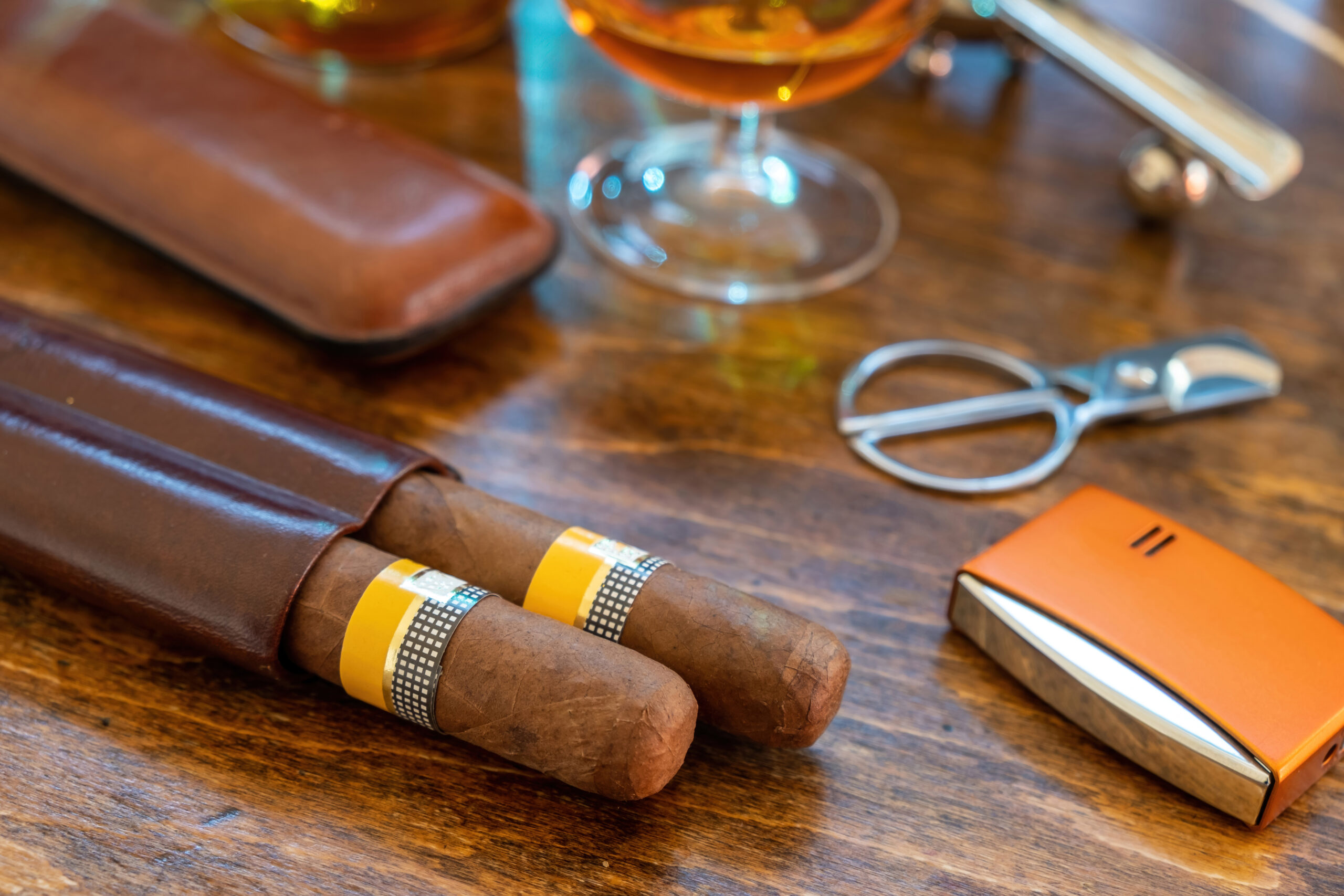Smoking cigars is a venerable tradition, steeped in rich rituals and customs. In the world of wine, the concept of “terroir” illustrates how the environment can impart distinct flavors to the grapes. I mention this because, in the realm of cigars, a similar phenomenon exists. Cigars reflect not only the countries where the tobacco is grown but also the specific regions and the expertise of the blenders who cultivate, ferment, cure, roll, and age the tobacco. Furthermore, your personal rituals, such as your preferred location to savor a cigar, your technique for toasting, cutting, and lighting, play a vital role in shaping the cigar’s taste. Given the premium prices associated with top-quality cigars, it’s essential to create your unique routines. However, it’s important to note that camaraderie abounds among cigar enthusiasts. Therefore, here’s a general knowledge guide that may prove valuable to novices. Keep in mind that this list is not exhaustive and may not apply to every situation.
Selection – When choosing a cigar, the aroma is your first indicator. If you don’t enjoy the cigar’s scent, you’re unlikely to savor the experience. The aroma is often described using food-related terms like woody, leathery, coffee, spicy, or creamy. Consider the time you have available to relax when selecting a cigar. A general guideline is to allocate 45 minutes to 2 hours. The size of the cigar can influence its taste. Thinner cigars burn hotter and faster, while longer cigars tend to be milder at the start and gradually intensify. The average lengths of cigars range from 4 to 8 inches, with gauges ranging from 38 to 60. The gauge is measured in 64ths of an inch, with a gauge of 48 being approximately 3/4 of an inch, roughly the size of an American quarter. Length dictates the smoking duration: a 3-inch cigar offers about 20 minutes of enjoyment, a 5-inch cigar provides around 50 minutes, with each additional inch adding roughly 15 minutes. Cigar size is presented as length x gauge.
There are two primary types of cigars: Parejos, which are “straight-sided” and include classics like Churchills, Gordos, Robustos, Toros, and more, and Figurados, which are “tapered” and include styles like Perfectos, Torpedos, Belicoso, Salomon, among others.
Cigar strength is a measure of the nicotine content and is not necessarily determined by the color. It’s recommended that you have a meal before smoking a cigar, and remember not to inhale. If you find a cigar too strong, set it aside for a moment and take longer breaks between puffs. If you begin to feel nauseous, try putting sugar on your tongue, consume something sweet, and drink water.
After you’ve selected a contender, it’s time to scrutinize the cigar. Hold it in the middle and inspect the wrapper, ensuring there are no gaps, cracks, or tears and that the exterior is smooth and clean. The color and packing should be consistent throughout the cigar. This is also the moment to appreciate the art of the blender and roller, who expertly choose a unique blend of filler, binder, and wrapper tobaccos to create distinctive flavor profiles.
When buying cigars online, you’ll rely heavily on product descriptions and customer reviews. Most websites include flavor profiles in their product descriptions, allowing you to compare them to food and beverage combinations you might enjoy. For example, if you like stout beers, you might find a maduro cigar appealing. You can also compare it to similar cigars from the same countries, such as the Dominican Republic, Nicaragua, Honduras, or from brands like Fuente, Padron, Ashton, My Father, etc. First-time cigar smokers are often advised to choose a Connecticut wrapper with a low ring gauge, as these tend to be smooth and creamy.
Light – The cut and light are crucial for an enjoyable cigar experience. Butane torches and matches are considered the best options for lighting a cigar, but some aficionados prefer using cedar spills (slivers of cedar). Butane offers a clean, odorless burn that evaporates almost instantly, minimizing the risk of off-flavors from other lighting sources. Start by “toasting” the cigar, a process akin to roasting a marshmallow. Hold the cigar near but not directly in the flame, about an inch away from the heat source. Slowly rotate the cigar to ensure an even burn on the wrapper, continuing until the foot appears blackened. This process creates optimal conditions for the wrapper, binder, and filler to burn at the same rate. Once done toasting, you can cut the cigar. Give it a puff to check the draw. If the draw is satisfactory, proceed to light the cigar. Hold the foot closer to the flame and take gentle puffs, rotating the cigar a full 360 degrees. You’ll notice flare-ups during this process. Finally, turn the foot toward you and gently blow on it to check the burn and ensure it’s even. Avoid excessive puffing at the beginning; only puff every 30 to 60 seconds. The ash should be a gray color.
Cut – A poor cut can easily ruin a cigar, so it’s vital to familiarize yourself with the tools and techniques before attempting it. The goal is to cut swiftly without fraying the wrapper. When cutting, be cautious not to cut too much; ideally, you should only remove the cap, a small piece of tobacco leaf that’s not part of the wrapper leaf. Cutting past the cap can cause the cigar to unravel. There are various types of cutters available, including the punch, a small, bullet-like device used to create a hole in the cap of the cigar, often favored for its key-chain portability. However, the guillotine cutter is the most common. To use it, locate the cap, position the double blades a couple of millimeters from the end cap, and swiftly bring the blades together, ensuring you don’t remove too much.

